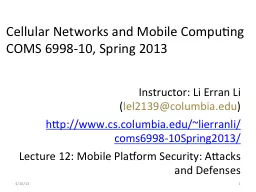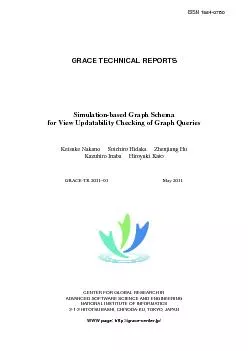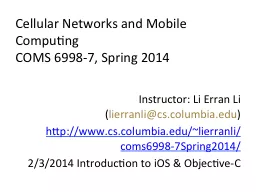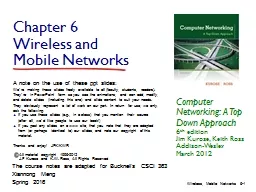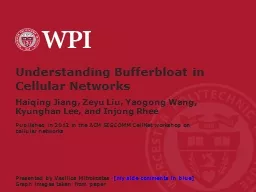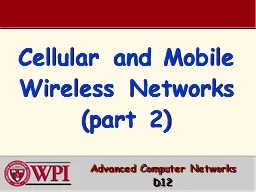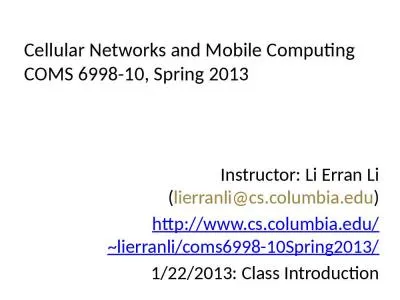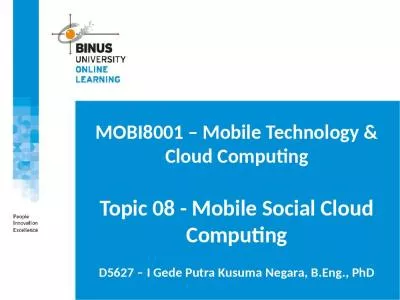PPT-Cellular Networks and Mobile Computing
Author : conchita-marotz | Published Date : 2016-02-28
COMS 6998 10 Spring 2013 Instructor Li Erran Li lel2139columbiaedu httpwwwcscolumbiaedu lierranlicoms6998 10Spring2013 Lecture 12 Mobile Platform Security Attacks
Presentation Embed Code
Download Presentation
Download Presentation The PPT/PDF document "Cellular Networks and Mobile Computing" is the property of its rightful owner. Permission is granted to download and print the materials on this website for personal, non-commercial use only, and to display it on your personal computer provided you do not modify the materials and that you retain all copyright notices contained in the materials. By downloading content from our website, you accept the terms of this agreement.
Cellular Networks and Mobile Computing: Transcript
Download Rules Of Document
"Cellular Networks and Mobile Computing"The content belongs to its owner. You may download and print it for personal use, without modification, and keep all copyright notices. By downloading, you agree to these terms.
Related Documents

